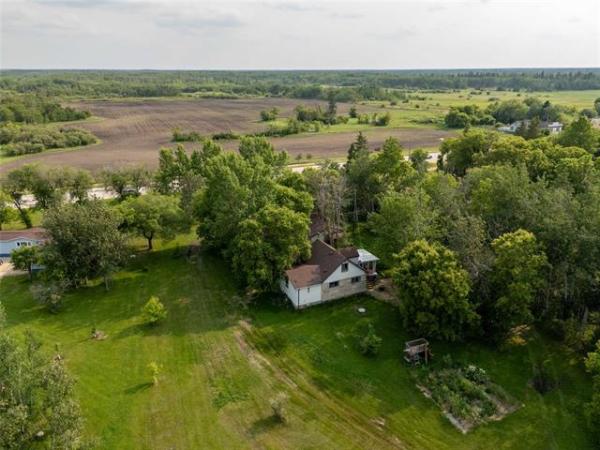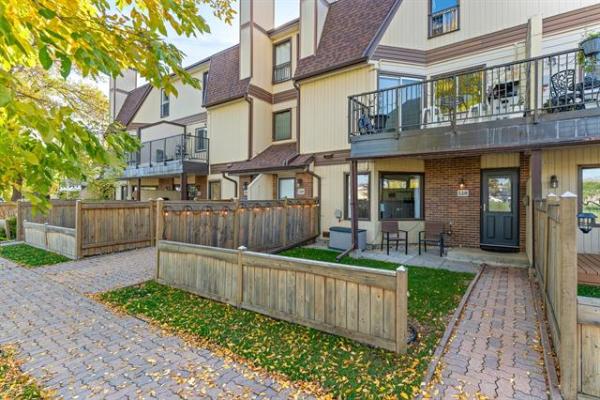QUESTION: Last year we added an addition to our cottage, which is now our year-round residence. Below the addition is a storage area. We completely skirted the cottage and, where the new room is, there is a wooden floor placed over the dirt. We have a very uneven area under there that is a sloping area of dirt, rocks and old tree stumps, which means we can't put the floor everywhere. The walls were completely insulated. This was done last year, in the early fall.
Early this summer, we discovered major condensation between the plastic and the insulation. We ripped off the plastic and exposed the insulation, as well as pulling most of it from the bottom of the room, and installed a dehumidifier. This has helped in reducing the moisture. Also, this area is heated in the winter with its own ductwork and we also have central air conditioning for the summer. But obviously, we still have major humidity from the exposed soil area.
Our thoughts are to rip out all the insulation and have someone insulate it with the foam insulation. We realize that the cheapest way would be to just reinstall the existing insulation and close it up again with plastic. But will it not happen again? We would appreciate your thoughts on using the foam insulation.
-- L. Lee, email
ANSWER: Condensation is a common problem with walls inside crawl spaces insulated using conventional fibreglass batts and polyethylene air vapour barriers. It is very difficult to seal the poly well enough to prevent moist air from the crawl space getting into the wall cavity. You have proposed one possible solution to the problem, but have not addressed all the issues involved.
Removing the polyethylene sheathing and insulation to allow the skirting wall to dry from the moisture is the right approach, but will only be a temporary solution. Once the crawl space is closed again for the heating season, moisture will again penetrate the wall cavity.
The problem is that the majority of the moisture is likely coming from the open soil in the crawl space. As the temperature drops outside and the crawl space is closed and heated, water trapped in the soil will evaporate and enter the area above. If there is limited air movement, some of that moisture will penetrate the vapour barrier on the inside of the skirting and will condense as it cools. Frost will form in the cavity and may remain until the weather warms enough to melt it, wetting the insulation and wood inside. What you discovered in the early summer is the result of this phenomenon.
To prevent this from happening again this year, you must strive to accomplish two separate but related goals.
The first of these goals is to reduce the humidity and moisture in the crawl space. If you are successful, there will be a limited amount of moisture that can get into the wall cavity. As previously stated, much of this moisture comes directly from the soil, so preventing this is important. The wooden floor that has been installed in this area will not help and will prevent easy installation of a proper solution. Installation of a completely sealed poly air/vapour barrier over the crawl space floor is the best solution. This should be sealed to the air/vapour barrier over the inside of the skirting wall, thus preventing this moisture from entering the living space above.
Part of this initial goal is to install insulation in the skirting wall that will not only prevent absorption of moisture, but will help stop any moisture that does enter from damaging the wood in the wall. Extruded polystyrene or blown-in polyurethane will both achieve this, but have different costs and installation challenges.
Blown-in foam will require hiring a contractor who can install this material in large quantities and is not a do-it-yourself project. Rigid foam insulation, on the other hand, may be within your capabilities. The only issue is that it may be difficult to cut it to fit exactly in the skirting wall with the limited work area in the crawl space.
Once the wall has dried sufficiently over the summer with the insulation removed, installation of the moisture-resistant insulation can be done. This is also the time to install the polyethylene sheathing over the dirt floor and the insulated skirting walls. This area should now be ready for closing up and heating during the winter.
The next step will come next spring when the weather warms above the freezing mark once again. There may still be a significant amount of trapped water or vapour underneath the poly, especially above the soil. However, this moisture should not pose a significant problem, as the insulation will not become damaged from a little dampness and the moisture under the floor poly should not create much more than wet soil.
The next goal is to dry out any moisture trapped in the crawl space area over the heating season after the weather warms. This can be accomplished by increasing the ventilation in the crawl space by opening summer vents in the skirting. There should be enough of the vents installed at various locations to allow good airflow and wind to all areas of the crawl space. As you have surmised, changing the insulation and improving the air/vapour barrier will help prevent moisture in the wall cavity for the heating season and increasing ventilation will help dry out any residual moisture in the warm months.
Ari Marantz is the owner of Trained Eye Home Inspection Ltd. and the President of the Canadian Association of Home & Property Inspectors - Manitoba (www.cahpi.mb.ca). Questions can be emailed or sent to: Ask The Inspector, P.O. Box 69021, #110-2025 Corydon Ave., Winnipeg, MB. R3P 2G9. Ari can be reached at (204) 291-5358 or check out his website at www.trainedeye.ca.
trainedeye@iname.com



